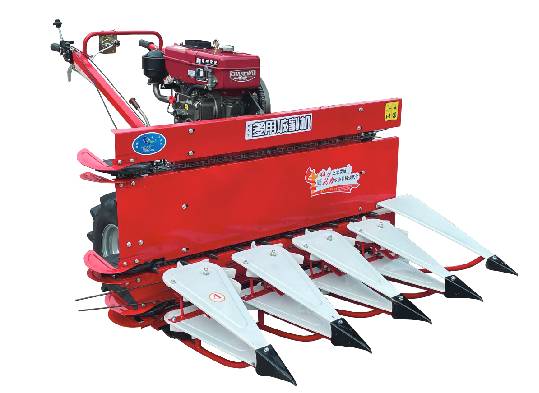reaper and binder machine
The Reaper and Binder Machine Transforming Agricultural Practices
The evolution of agricultural technology has played a pivotal role in transforming farming practices around the world. One of the most groundbreaking inventions in this regard is the reaper and binder machine. This innovation not only revolutionized the way crops were harvested but also significantly increased efficiency and productivity in agriculture.
The origins of the reaper can be traced back to the early 19th century. Before its advent, harvesting grain was an arduous process that relied heavily on manual labor. Farmers used sickles and scythes to cut down crops, a method that was labor-intensive and time-consuming. With the burgeoning population and increasing food demands, a more efficient solution was imperative.
In 1831, the first successful mechanical reaper was invented by Cyrus McCormick. This revolutionary machine mechanized the process of cutting grain, drastically reducing the time and effort needed for harvesting. McCormick’s reaper was not only faster but also could harvest a larger area in a single day compared to numerous laborers working manually. This marked a significant step forward in agricultural productivity.
As the reaper gained popularity, inventors began to optimize its design, leading to the development of the reaper and binder machine. This machine combined the functions of cutting and binding the harvested crop into manageable bundles. The addition of the binder made it possible for farmers to gather their crops more efficiently, eliminating the need for additional manual binding that was previously necessary. By automating both processes, the reaper and binder machine increased the overall efficiency of harvesting operations.
reaper and binder machine

The impact of the reaper and binder was profound. With a machine capable of harvesting large swathes of land, farmers could cultivate bigger fields and produce more grain than ever before. This not only enhanced food production, but also contributed to the growth of rural economies. As farmers became more productive, they could invest in additional land, tools, and livestock, creating a positive feedback loop that propelled agricultural advancement.
Moreover, the introduction of the reaper and binder significantly changed the labor dynamics in agriculture. While it reduced the demand for manual labor, it also paved the way for the mechanization of farming. Many laborers who had once harvested crops by hand adapted to operating machinery, leading to a new set of skills and job opportunities in rural areas.
The reaper and binder machine also had broader societal implications. Increased agricultural productivity meant that fewer people were required to produce food, which allowed a portion of the population to move towards urban areas and engage in industrial jobs. This shift contributed to the urbanization trend observed in many countries during the 19th and 20th centuries, fundamentally altering societal structures and economies.
In conclusion, the reaper and binder machine stands out as a hallmark of agricultural innovation. It not only transformed the way crops were harvested but also significantly impacted labor dynamics, economic growth, and societal evolution. The efficiency and productivity gains enabled by this machinery set the stage for further advancements in agricultural technology, paving the way for modern farming practices we see today. As we continue to confront the challenges of feeding a growing population amidst changing environmental conditions, the legacy of innovations like the reaper and binder machine serves as a reminder of the critical role technology plays in agriculture and food security.
Latest news
-
When to Upgrade Your Old Forage HarvesterNewsJun.05,2025
-
One Forage Harvester for All Your NeedsNewsJun.05,2025
-
Mastering the Grass Reaper MachineNewsJun.05,2025
-
How Small Farms Make Full Use of Wheat ReaperNewsJun.05,2025
-
Harvesting Wheat the Easy Way: Use a Mini Tractor ReaperNewsJun.05,2025
-
Growing Demand for the Mini Tractor Reaper in AsiaNewsJun.05,2025
